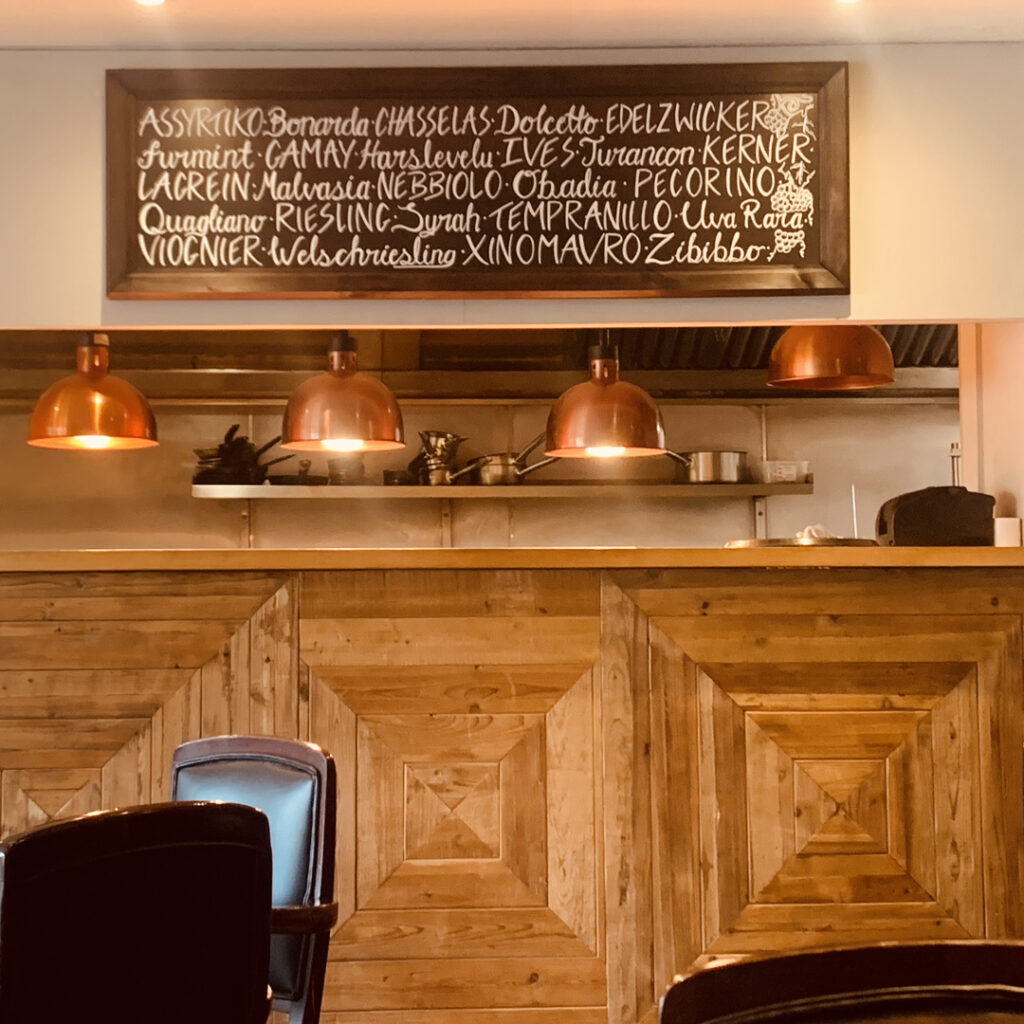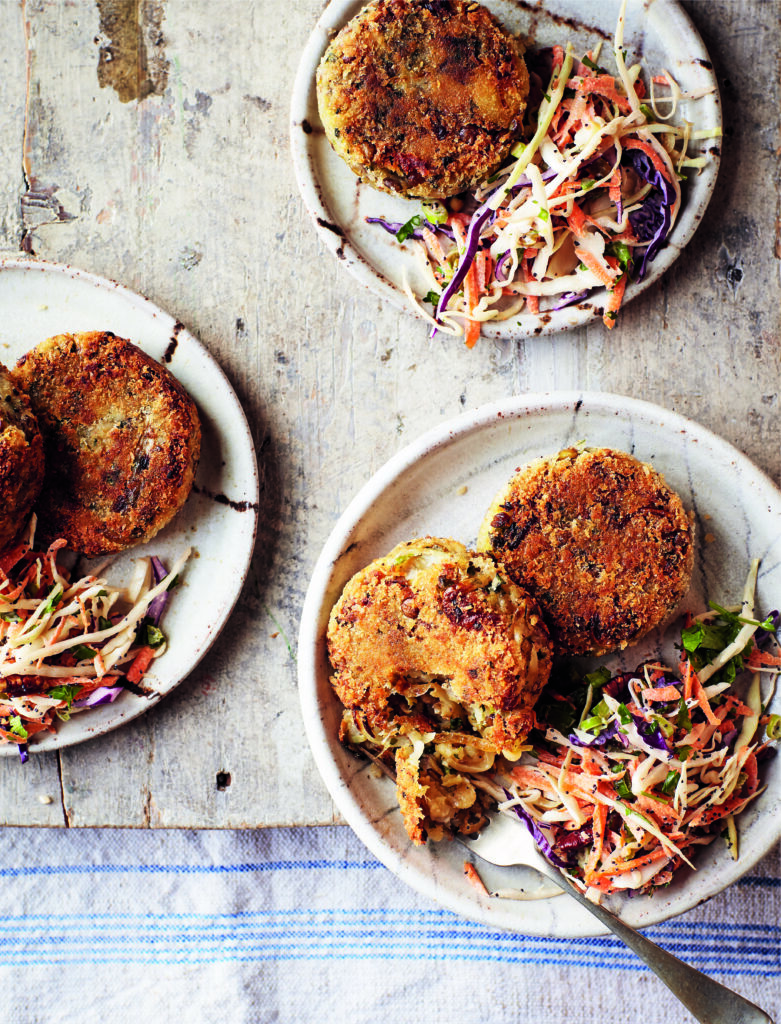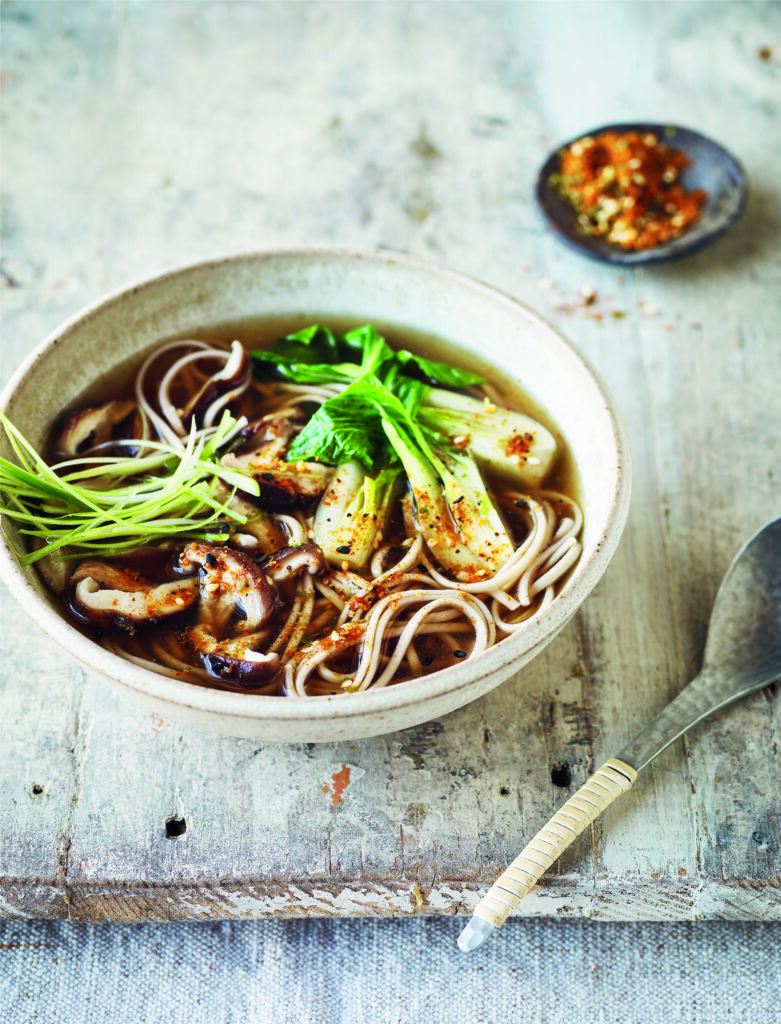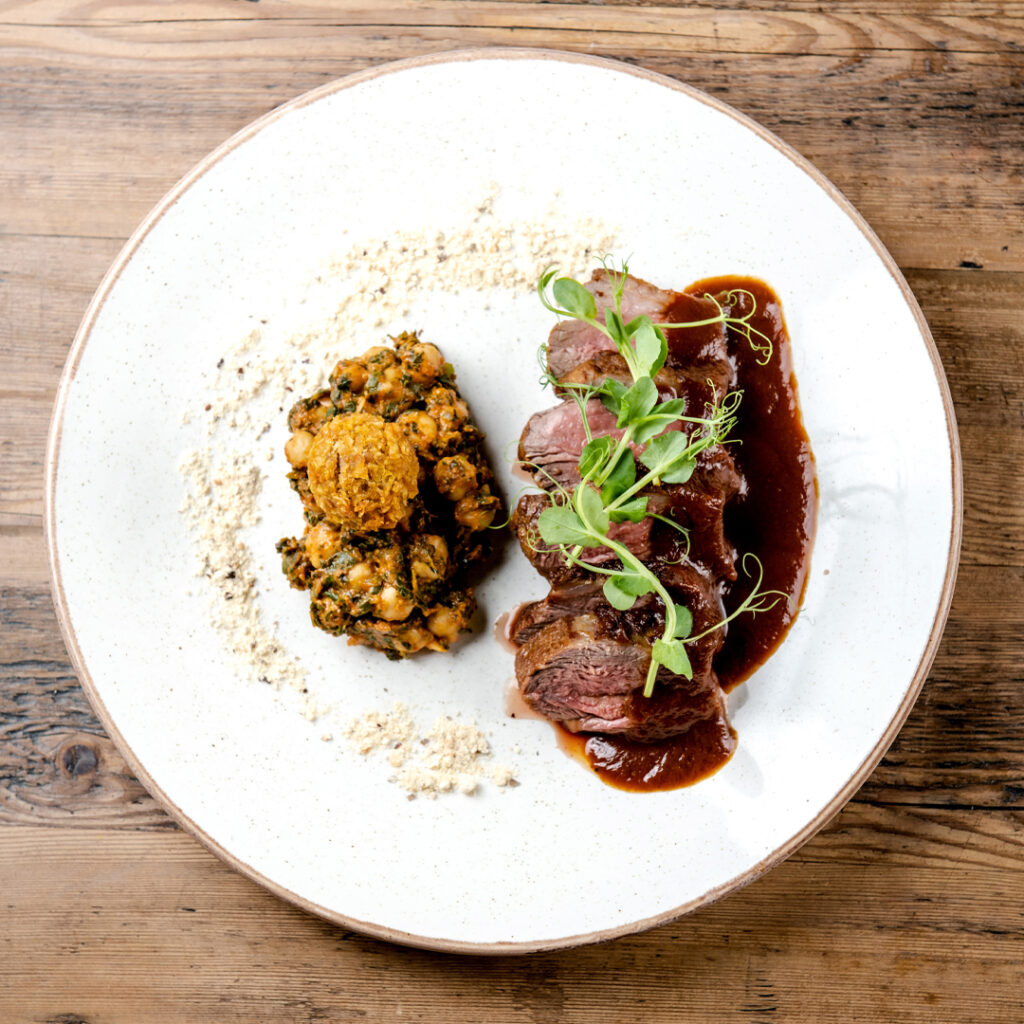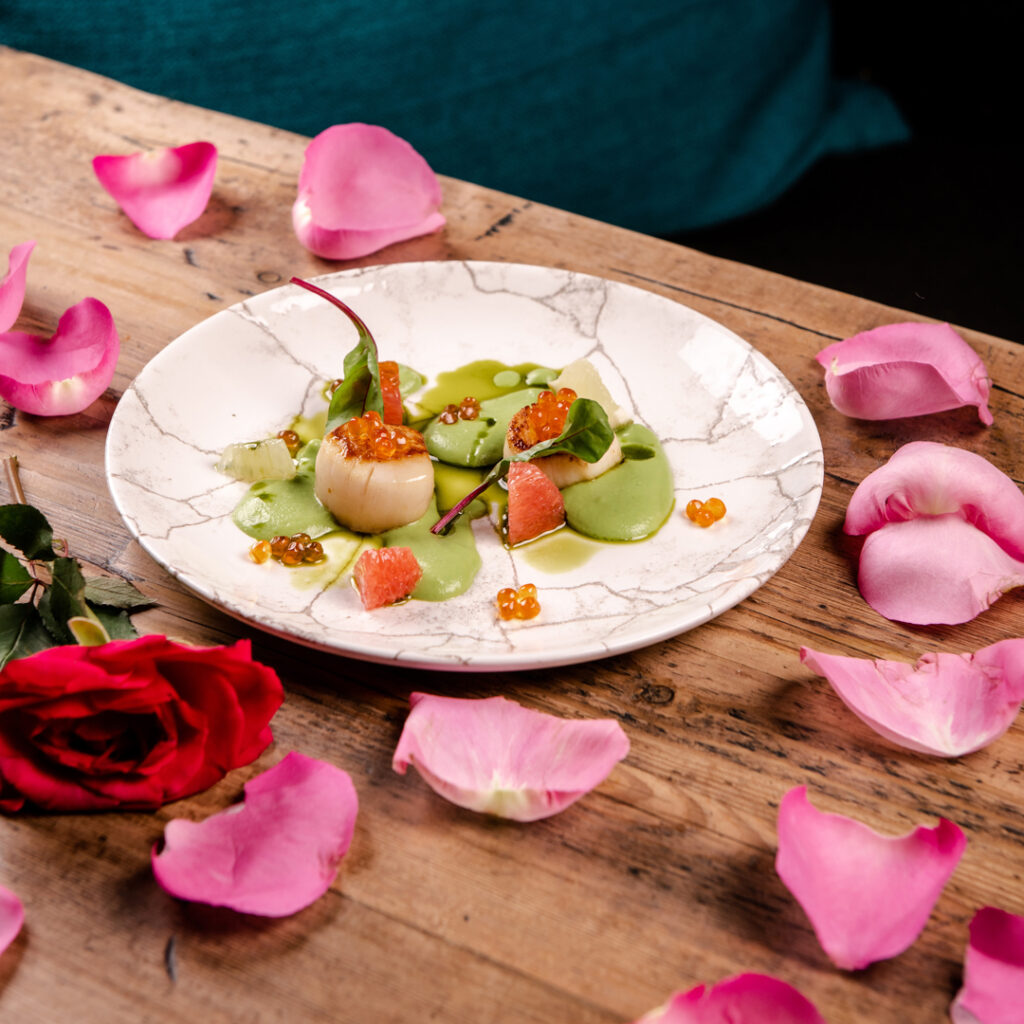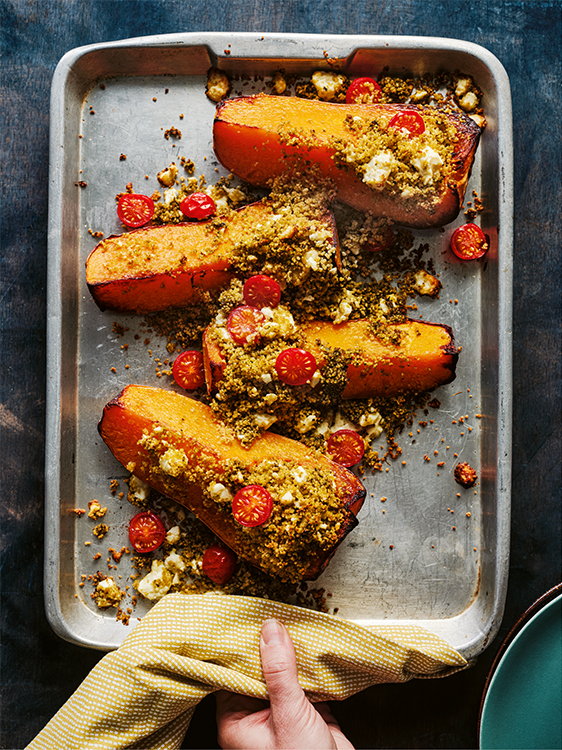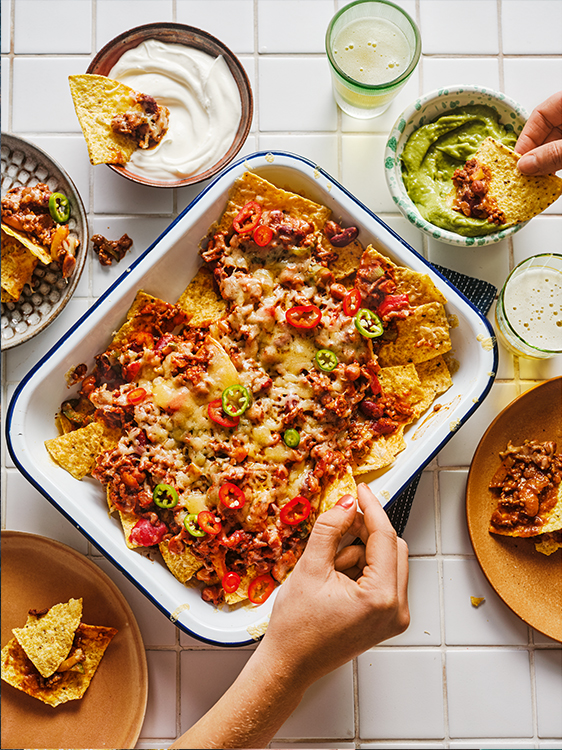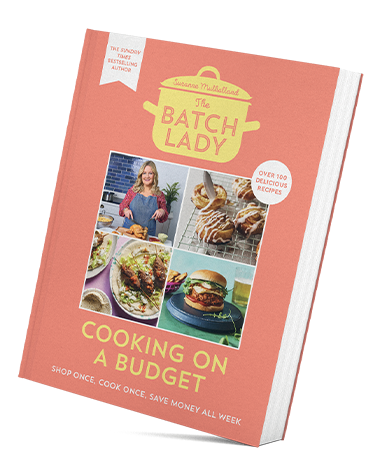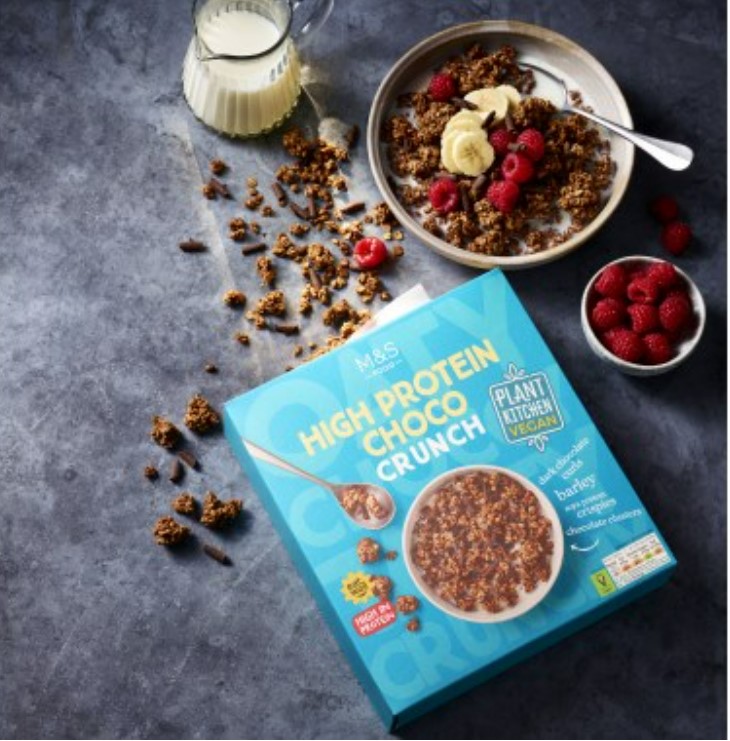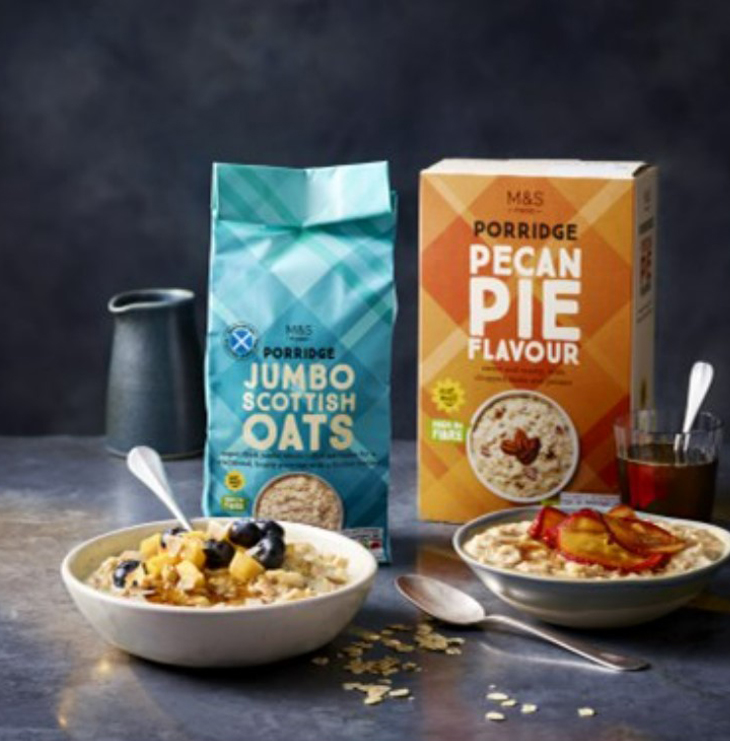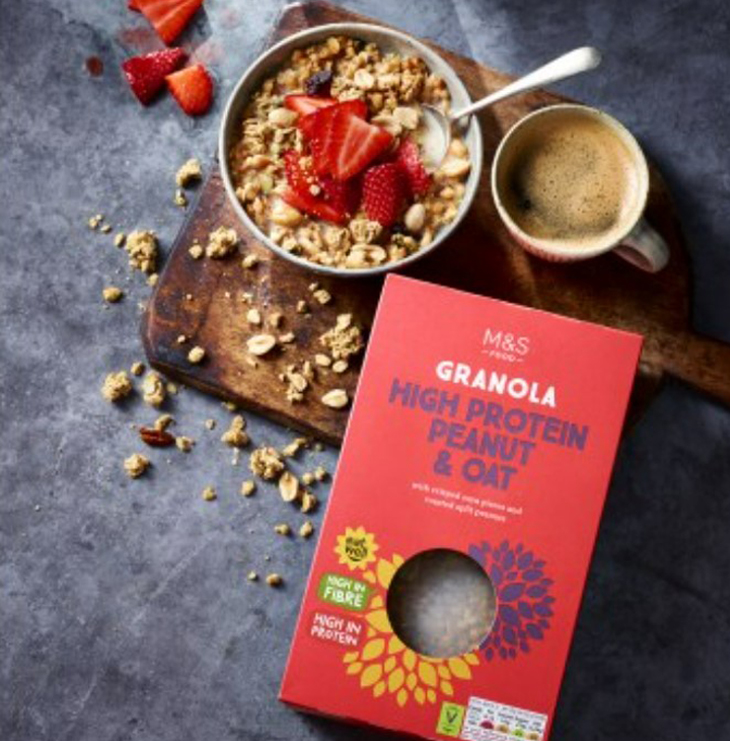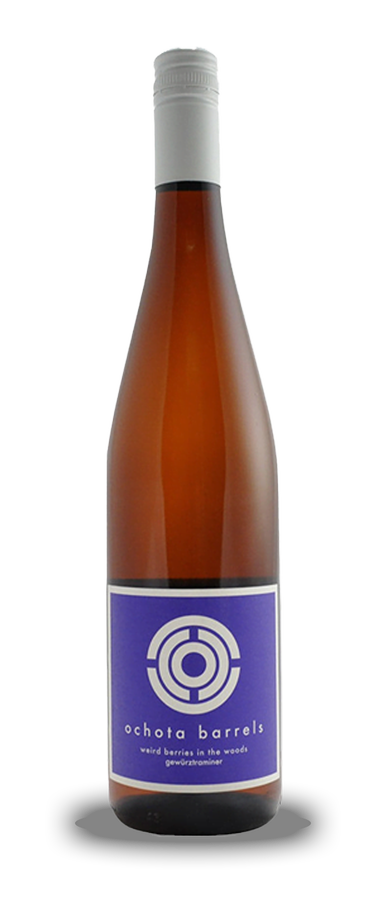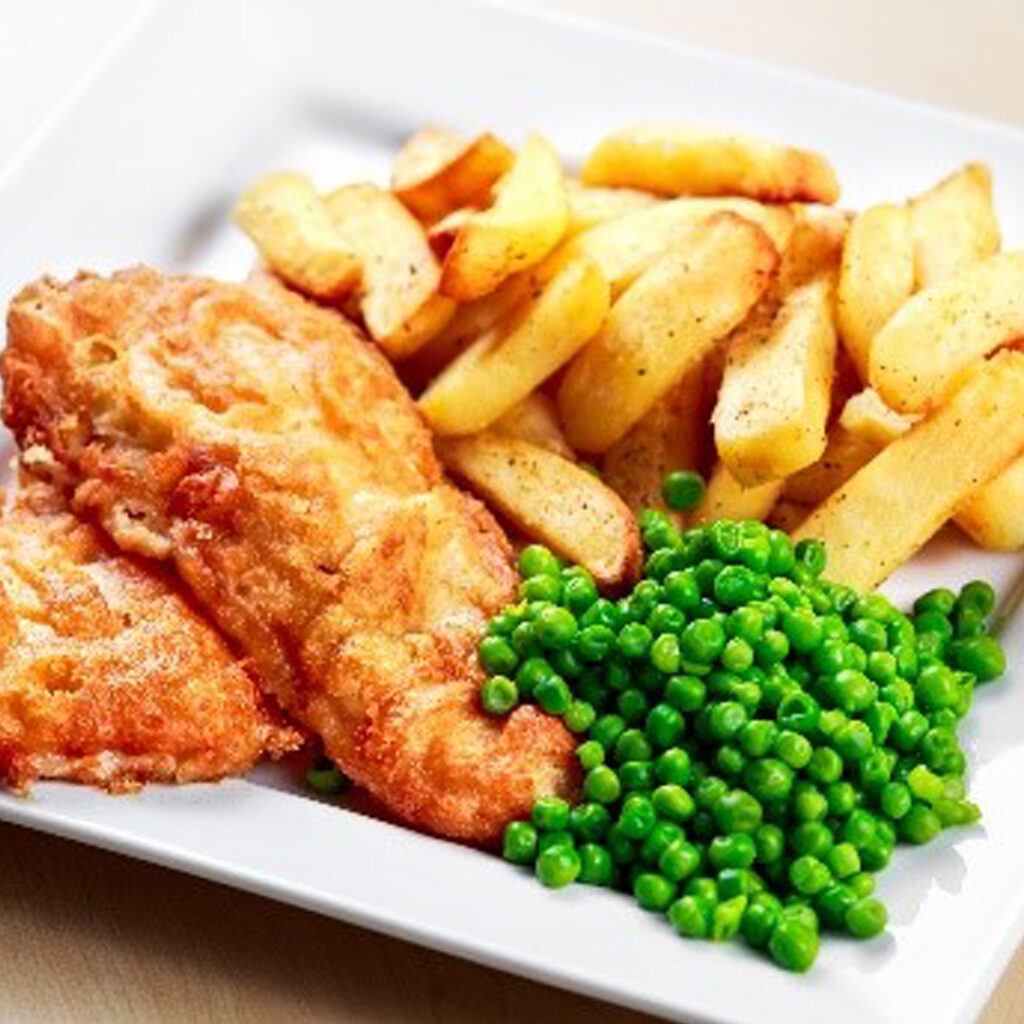Our wine columnist Giles Luckett invites us to enjoy all things pink
Hello. You’ll have to excuse the punning on that famous Elvis Costello song in the headline… But given Elvis’s predilection for all things boozy back then, I’m sure wine played a part in creating his 1981 album. Surely he’d had to have had a few to think doing a country and western album was a good idea for a follow up to his Motown-inspired Get Happy!
Anyway, rosé wines have certainly been on my mind of late. The warmth of the early spring sunshine always gives me a craving for rosé, and a recent trawl past many a tasting table has introduced me to some glorious new wines, ones that will ensure that 2023 will be a good year for the rosés.

First up, the Moulin de Pontfract Rosé 2021 (Laithwaites £8.99). This is a Provençal-style rosé from the neighbouring department of Var. If it was from Provence, it would probably come in a bottle that Jean Paul Gautier rejected for being outrageous and have a similarly outlandish price tag. This is a lovely, gentle rosé that offers a softly scented nose of red berries and blossom, while the palate is suffused with notes of strawberries, cranberries, and a hint of citrus on finish – just the thing for a spring lunch aperitif.

Next, a wine from Chile. Chilean wines offer an amazing combination of value and quality, and while the reds often steal the show, the rosés can be sublime. Take the Phantom River Sauvignon Blanc Rosé (Sainsbury’s £5.25). As you might expect from a Sauvignon, this is bright, zesty, fresh, and full of grapefruit and citrus. The addition of Shiraz (hence the colour) lends it weight and depth and imparts a satisfying note of blackcurrants to proceedings. Try this with green salads and roasted poultry or baked fish.

Spain is another good source of outstanding rosés – or rosados. Over the years, I’ve tasted hundreds, and rarely have I been disappointed. Recently I tried a new wine from a classic producer. Freixenet is best known for their excellent range of Cavas (more of those soon…), but they are also dab hands at still wines. Take their excellent Freixenet Rosado (Slurp £10). Garnacha-based, this is disarmingly pretty in pink but packs a punch. Bright strawberry and raspberry tones are joined by flavours of red cherry, orange and a touch of spice. Lovely on its own, I think this would partner well with rice dishes and cured meats.

As regular readers of this column may have gathered, I’m something of a fizz fan, in the same way that pandas are partial to bamboo. I recently had another encounter with an English sparkling wine with which we toasted the Queen’s Jubilee, the Balfour Brut Rosé (Waitrose £39.99). I recall being struck by how harmonious and refined this was when I first tried it and revisiting it; it’s even better. Bold strawberry, raspberry, and red currant notes tinted with creamy yeast, a lively, fresh mid-palate, and a long, salted digestive biscuit finish make this a class act.
“I’m something of a fizz fan, in the same way that pandas are partial to bamboo”

When most people think of Sancerre, their thoughts turn to gloriously leafy Sauvignons with their dry, mineral-rich finishes. Sancerre also comes in red and rosé styles which are produced using that most noble of vines, Pinot Noir. These tend to be more expensive and can be quite hard to find, so I was surprised to find an affordable example at Tesco, their Finest Sancerre Rosé (as opposed to their non-existent ‘ordinary’ or ‘value’ Sancerre Rosé – £13). This retains the classic Sancerre freshness and minerality, but with raspberry, strawberry, beetroot, black cherry, and pepper touches. This is fresh enough to be enjoyed on it’s own, but it would go brilliantly with pork or salmon.

And to finish, how about something indulgent, refined, and utterly exquisite? The Champagne Billecart-Salmon, Rosé (Mr. Wheeler £62.50) is all these things and more. This is one of the best rosé Champagnes I’ve ever had – and believe me, I’ve gone miles out of my way over the years to try as many as I can. The magic of this wine is how they manage to combine intensity with grace and generosity. This is a stunning wine offering layer upon layer of ripe strawberry, tangy blackberry, creamy yeast, soft apricot , and a dash of leafy blackcurrant. I’ve been fortunate enough to try this beautiful wine in various formats; the halves sit perfectly in the secret pocket of a Barber when you fancy a cheeky rinse at the cricket, and in magnum, it shows how well Champagne can age and develop. In any size bottle, this is a wine every wine lover should try.
Well, there’s a bottle of Freixenet Rosado in the fridge needing my attention, so I must away. Next time out, I’ll dive deeply into my favourite red wine region, Rioja.










